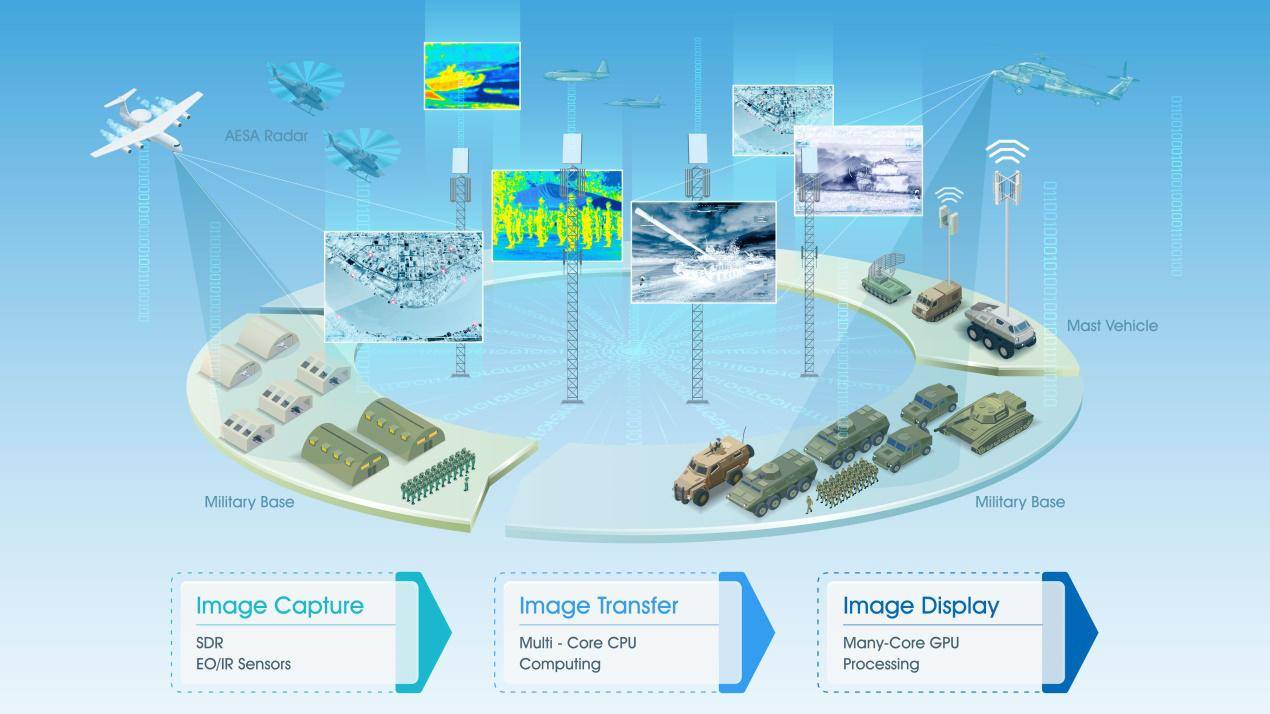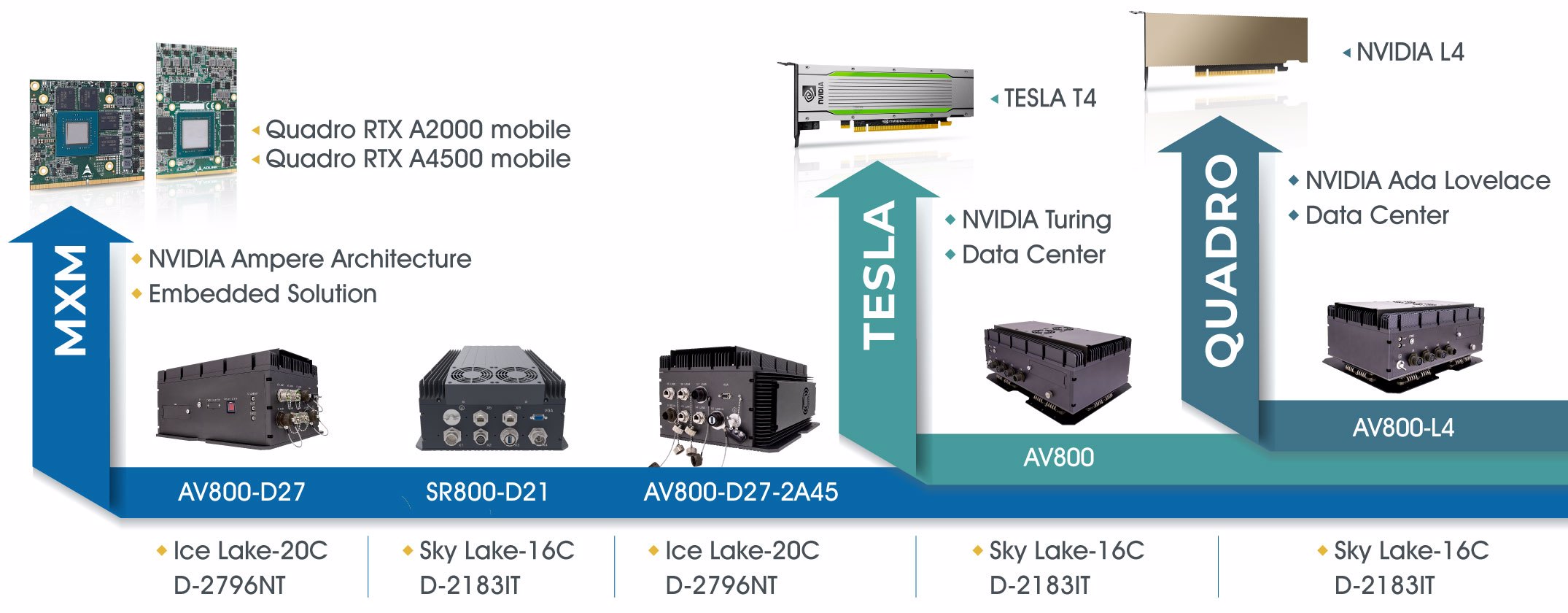[E-newsletter] How the DoD Reshaping the “Smart Edge” in Modern Battlefield

Artificial intelligence is more than a new way of doing things: it’s a data-heavy computing process and that requires infrastructure.
To achieve its AI vision, the military will need to gather, move and process vast tracts of data. That means new network and compute infrastructures, much of it delivered at the tactical edge. The promise of predictive analytics will require an evolved hardware and software architecture.
Distributed Smart Edge: The Sensors to Cloud Compute Continuum

Responsibility for that infrastructure falls first to the recently formed Joint Artificial Intelligence Center. That effort aims to develop data acquisition tools, unified data stores, libraries, standards and reusable tools in support of AI.
Literally the naval ship powered by AI is capturing data on an hourly basis, computing on the ship in near real time locally and analyzing locally, rather than delivering it to the cloud and reply by using limited bandwidth.
This requires robust local networking, large-scale compute power and ample storage, all at the tactical edge. In essence, this setup is a small-scale mirror of the large commercially available cloud offerings.
Semi-autonomous drone in the battlefield is able to operate the algorithm at the edge so that it can take defensive maneuvers immediately and make some real-time decisions avoiding cloud service latency.
Smart edge infrastructure is a computer architecture that enables sensors, mobile devices and drones to inform the AI algorithms in real time, and can reduce the time from data to decision, decentralizes decision making authority. The system would dovetail into a large network infrastructure, making it possible to deliver AI finding back to commercial cloud for further processing.
To deploy an edge AI infrastructure, military planners will require a comprehensive data management, because data is the foundation for artificial intelligence and machine learning. Department of Defense (DoD) has to be considerate about how to ensure the architecture accordingly to make relevant data accessible.
Once the algorithms operate at multiple locations, they can be processing different data. A data central fabric can work together to deliver IT services, synthesize data and its algorithms, a distributed architecture. This issue of sharable data is a key consideration in discussions of AI infrastructure.
The critical importance to C4ISR community is prime generator of AI data. In particular, sensor fusion require updated infrastructure to realize its benefits. The DoD should invest in architectural frameworks, such as peer-to-peer and mesh network with gateways and aggregators. The modernized infrastructure is the product of new methodologies.
The fundamental process of AI is data labeling including data extract, data transform and data load, shifting valuable data and digital assets from one database to another. To combine and load data sets for computation and analysis, eventually becoming the primary method to process data for data warehousing, making the data available to AI algorithms critically.

Leverage commercial realm to support military’s emerging AI infrastructure
Data must be secure and reliable in the AI-enabled future. However expanding AI to the edge is dramatically increasing attack surface. Securing edge devices will be a critical challenge to protect AI from garden variety hacking and enemy AI.
Considering the rise of Adversarial Machine Learning (AML) has mostly been explored in academic, and matured sufficiently to present near-term material risks to AI systems that are not designed to withstand AML or be able to detect AML attacks.
The DoD rise security concerns along with myriad other infrastructure needs, military leaders should play a leading role to guide the general industrial development. Currently commercial realm can be leveraged to support military’s emerging AI infrastructure.
For instance, defense department take 80 percent of a solution from industry and only 20 percent of customizing it for DoD’s unique use cases, they can accelerate development and avoid starting from scratch.
Industry efforts in support of higher processing speeds and smaller dimension, lighter weight computing devices as both areas ripe for industry engagement, the algorithms require more efficient computers with lower wattages to processing.
The military bid with ethical infrastructure around AI and less tangible than networking and its storage but no less significant. When it comes to AI in automobiles, starting with technical errors, AI could do a lot of good, there are also a number of risks that should be acknowledged.